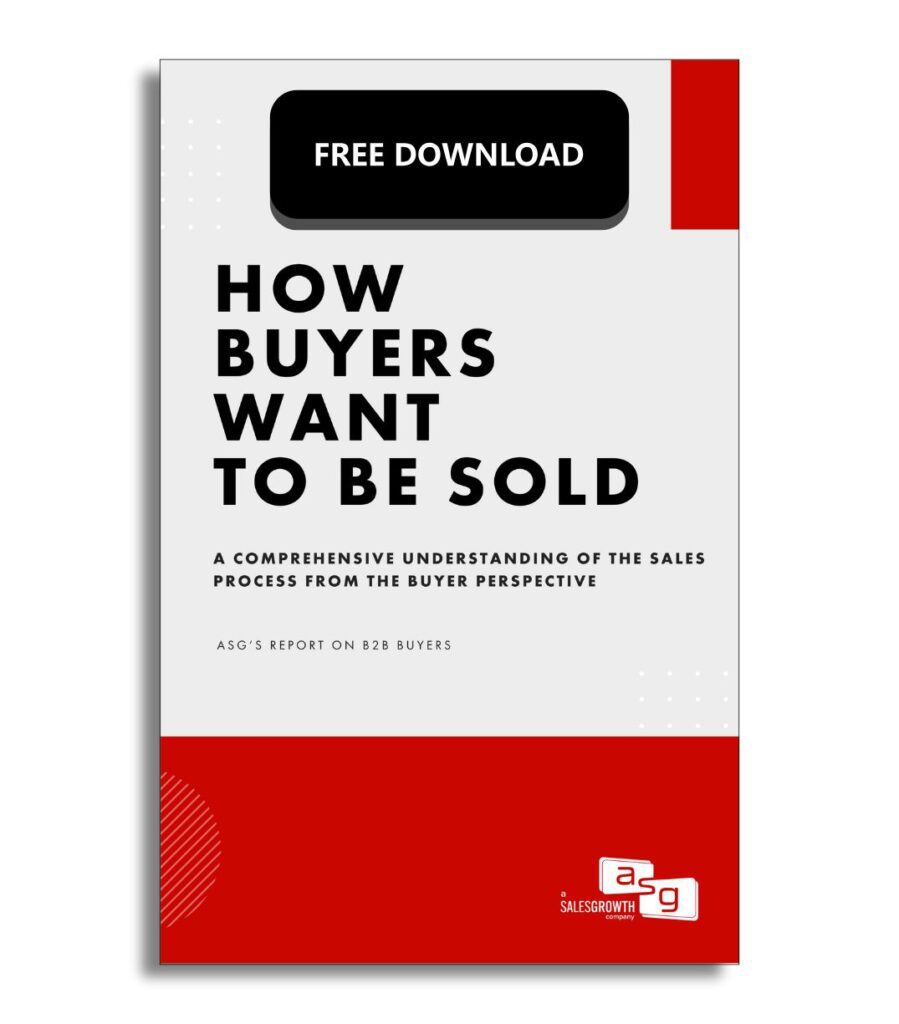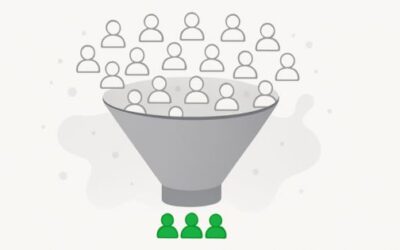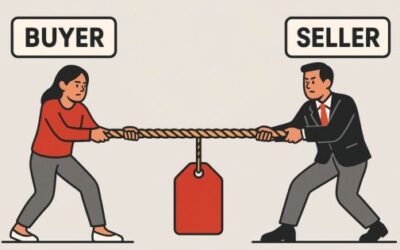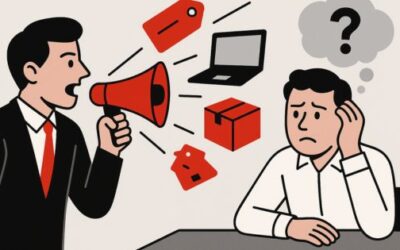Scroll through LinkedIn, every post and comment sounds almost identical. Imagine being on the receiving end of messages like that, hundreds of them, each one varying slightly from the same template, each one claiming “personalization.”
In our rush to optimize, automate, and scale, we’ve created an army of sales professionals who essentially are painting by numbers. We traded brushes for stamps, creativity for conformity, and our unique voice for a “proven” template. We’re all playing from the same playbook, following the same “best” practices, and still wondering why buyers are tuning us out.
AI generates adequate sales messages. Chatbots handles basic customer interaction. However, we don’t recognize these as adequate or basic. We’ve put too much weight behind these tools that we’ve become robots.
Think about the last memorable sales experience you had or the last advertisement that caught your eye. Chances are, it wasn’t memorable because the seller followed the rules. They likely did something different, something unexpected, something human. When everyone is following the same script, the greatest competitive advantage isn’t better automation or a more sophisticated tool – it’s being different.
The most successful sales professionals of our time aren’t sellers, they’re artists. They see a customer interaction as a blank canvas, each challenge as an opportunity to get creative, each best practice as a suggestion and not a rule.
Cookie-Cutter Crisis
Open your inbox or your spam folder. Count how many of your emails start with “I hope this email finds you well” or “Are you struggling with this…”. Better yet, how many demonstrate “research” by mentioning a LinkedIn post you wrote, a recent product launch, or something similar. I won’t ask you to count the amount of “bumping this up” or “awaiting your reply”, that’ll just be depressing.
We’re living in a golden age of technology. AI can analyze buying patterns, automation can scale outreach to thousands, and tools can predict customer behavior. Despite all that, the inbox feels less authentic than it ever has. Why? Everyone is using the same tools.
Everyone is using the same intelligence model, the same “proven” outreach techniques, the same “top-performing” template, the same “best” practices. Best practice becomes a common practice, common practice becomes clichés, and then we start the cycle over.
If we continue to lean into these standards we’re accelerating our own obsolescence. If every sales process can be reduced to a formula, how long until AI can execute better than a seller?
Personalization Fatigue?
We’re drowning in noise and buyers have had enough.
Email response rates have plummeted, decision makers are increasingly unreachable, sales cycles are getting longer. Buyers are dealing with your cookie cutter approach and the other 100 sellers who downloaded the same template.
Personalization used to mean actually knowing something about your prospect. Now it means scraping their LinkedIn profile and tossing a job title into a template. Adding value used to mean sharing a unique insight, now it’s sharing the same industry report as everyone else.
Death of Creatives
Remember finger painting? Building worlds out of the cardboard boxes lying around your house? Piling all the blankets, cushions, and pillows into a fort? Somewhere between there and now, we lost ourselves. It didn’t happen overnight, it was whispered through years of subtle conditioning: That’s not how we do things here, let’s stick to what works, don’t reinvent the wheel.
Creativity in sales died slow. It was a slow suffocation, masked as professionalism, disguised as efficiency, justified by quotas.
Education of Conformity
Our sales training programs are part of the problem. Salespeople aren’t taught to create, they’re taught to replicate: Here’s our sales playbook, here are our scripts, here’s our template, this is how top performers work.
We call it best practices but really, it’s don’t think, copy. It’s the easy button. We refuse to adapt to the buyer, we refuse to try something different, we refuse to take the hard road. More and faster not slow and better.
This system might have worked in a different time, a time when information was scarce, when buyers had fewer options, when competition was local and not global. But today everyone has access to the same playbooks, data, and tools. Replication is a race to the bottom.
Bring Back Sales Creatives
The first step in solving any problem is recognizing its root cause. Creativity in sales died when our mindset changed. Are we artists creating unique solutions for each customer or are we technicians following a predetermined script? Are we innovators pushing the boundaries of what’s possible or are we operators running the same program again and again?
If AI is what they say it is and it can replicate any process or script, creativity is our last sustainable competitive asset.



0 Comments